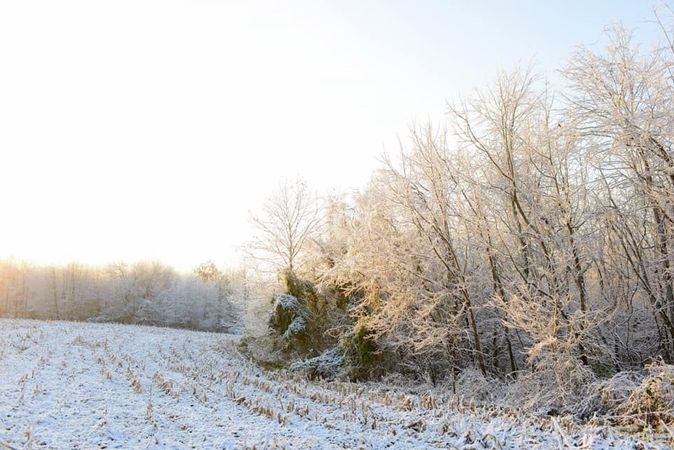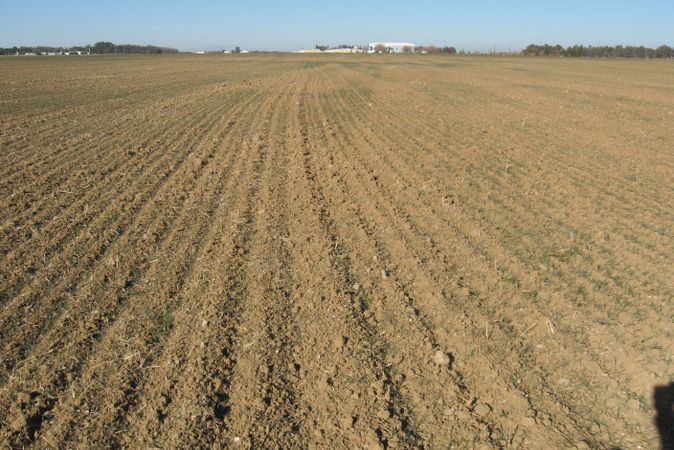If you cut your own firewood or are considering it, now is the time to do so. Felling trees and sawing logs in the spring gives the wood plenty of time to dry out before the first spell of cold weather arrives. Not to mention temperatures in the spring are far more pleasant than they are in the summer. So, if you’re thinking about becoming the supplier of your own firewood, there are some things you should consider first.
What Type of Wood To Cut
All wood doesn’t burn the same way. If you’re looking for wood that will burn long and hot, we suggest poplar ash, red oak, and cedar. White pine and elm have a nice smell to them when burned but can also be on the smokier side. Burning white oak will produce a more slow, hot burn than burning red oak. Hickory and cedar are great for kindling. Bottom line, it’s important to research to see if the wood you are cutting fits what you’re looking for.
Chainsaw Care
Your chainsaw must be properly maintained to operate safely. Two-stroke engines require a proper gas-to-oil mixture recommended by the manufacturer to run properly. Too little oil and you’re in danger of overheating the engine. Too much oil and you may foul your spark plugs.
Bar oil is essential to the longevity of your saw. Even a few minutes without it and you risk locking up your saw. It can be found at any local hardware or garden store. But did you know you can use an alternative? Leftover vegetable oil from frying turkey or other foods works just as well in lubing the chain and bar to keep your saw running smoothly. Not to mention it smells pretty good as it burns up and mixes with the scent of fresh-cut wood.
Keep the chain sharp. Depending on the chain size, you’ll need to purchase a file to keep it sharp. Most of the time this will come standard with the saw, but if not ask someone at your local hardware store to help you choose the correct one. The chain will need to be sharpened roughly every one to two hours of cutting. When sharpening it’s vital to make sure to give each blade equal amounts of thrust so that one side isn’t sharper than the other. No one wants uneven cuts.
Felling Trees
Now that you know what type of wood you want to cut and how to properly take care of your chainsaw, you’re ready to head out into the woods and start cutting. But not so fast. Felling trees pose a dangerous threat. They have a tendency to kick back or fall the way we aren’t expecting and can injure you or anyone around or cause property damage.
To get started, make sure the path is clear of any obstructions. Assuming you’re cutting in the woods, these obstructions will be other trees. After, make sure all children and pets are at a safe distance away from the tree. Begin by “notching” the trunk, which is similar to cutting a leg off of a table. This is done by cutting an orange-slice-shaped chunk on the side of the tree facing the direction you want it to fall. To do so, cut down into the trunk at a 45-degree angle until you can then cut at a 90-degree angle to meet that cut.
Now, approach the tree from the other side and begin a flat cut through the trunk towards the notch. Only cut a little at a time then stand back. This is to make sure your saw doesn’t get caught in the tree and you’re not in the line of a sudden kickback. When you hear cracking, get the hell out of the way and let the weight of the tree bring it to the ground. Once it’s on the ground, cut into sections or cut down the appropriate length for your fireplace or wood burning stove.
Seasoning Your Wood
Stack your wood in a way that allows air to flow throughout. Air and sunshine are what help the wood season and you want your pile to get plenty of that. With this being said, you want to leave your wood uncovered as much as possible. If you have to cover it to keep rain from ruining it, only leave the cover on for the duration of the rain. Give your pile plenty of time to dry out. On average it takes wood anywhere from three to six months to completely dry.







